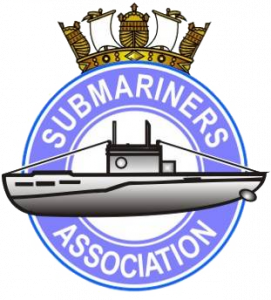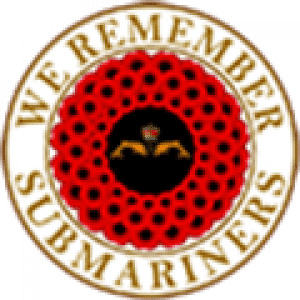Introduction
Welcome to our Online Book of Remembrance – a place to remember all those who have given their lives in the Royal Navy Submarine Service. Here you can read about the boats that were lost and those who served in them.
Foreword
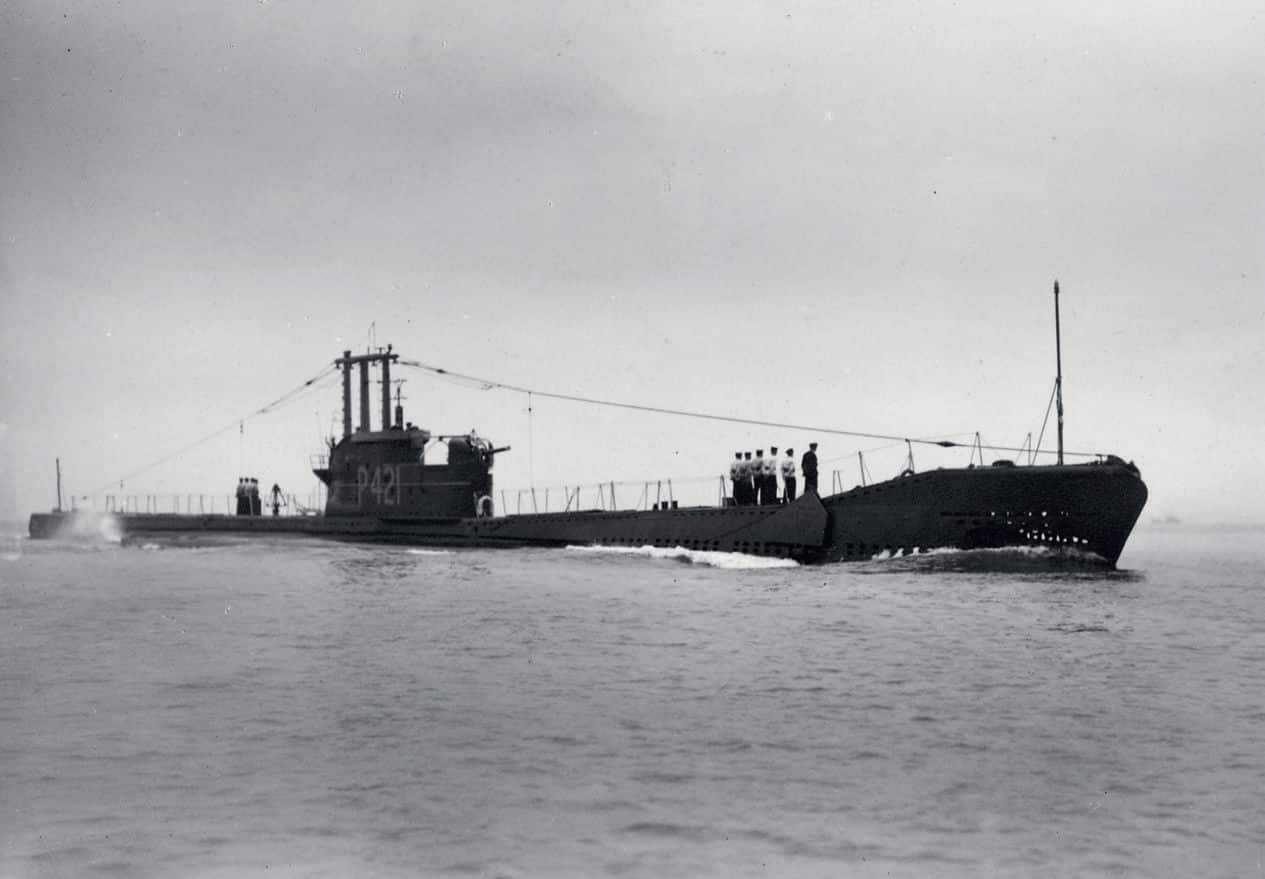
The quest for a Submarine Memorial Book for the Royal Navy Submarine Service has been long and can hardly be described as straightforward! It has its origins in the search for ways to remember the achievements of those who have served in its ranks since its inception in 1901. The Royal Navy Submarine Museum, (RNSM) now part of the National Museum of the Royal Navy, was originally set up as the Submarine Memorial Complex at Gosport, Hampshire, (original home of the Royal Navy Submarine Service) specifically to commemorate the sacrifice by the men who lost their lives while serving in submarines. The museum features an Area of Remembrance that contains a wall of names listing all British submariners killed on active service. The list acknowledges the participation by a number of Allied Navies, both Foreign and Commonwealth, particularly during WW2, when submarines from our Allies (France, Netherlands, Poland, Greece, and Norway) operated under British operational control; all suffered losses which included small Royal Navy liaison teams among these crews.
The eventual result of this at least ten-year trek, started by the last Royal Navy Submarine Museum Director from the days when the Submarine Museum was independent and run by its own Board of Trustees, was a book intended to be in hard copy and to sit on a lectern in the John Fieldhouse Building (JFB) at the museum; it was to have been interactive, in so far as having pages for visitors to leave written comments. Its baseline was the list of those who had made the ultimate sacrifice while serving in submarines lost in peace or war and remembered on that wall in the Area of Remembrance behind the JFB. Relevant information for that had been gathered, principally by museum staff, and was used to form the draft of a book which could include the stories of both individuals and submarines lost, as well as the individual names.
The Director leading the Museum at that time said, “When I became the Director of the Royal Navy Submarine Museum, I was immediately impressed by the Memorial Wall there that listed the names of over five and a half thousand submariners who had died in service. The majority died in conflict, but about a third of the casualties resulted from accidents, most of which occurred in the early part of the twentieth century, but which still occur from time to time. Significantly perhaps, four RN submarines have been lost since 1945 because of accidents.” The Trade – as going to sea in submarines became known – has always carried significant risk.
As the list of names was assembled, the question most often asked became: “Why are there so many conflicting dates for British wartime submarine losses?” The answer lies in the fact that when a submarine sailed on a war patrol and subsequently failed to return, the Admiralty, having no information as to the cause or date of the loss of the submarine, would take the date that the submarine was due to have returned to harbour as the paying off date for administrative purposes. The crews were then listed as having been DD (Discharged Dead) on this date. Subsequent information gained when conflict ceased, sometimes from captured enemy records, often provided details about the actual date that a submarine was attacked and sunk. Where possible, we have attempted to include these in the stories about each submarine. However, both dates were used on official documents and, depending on the source used, they sometimes varied.
But the Memorial Wall is much more than a list of names and dates. Dig a little deeper and there are powerful stories of suffering, loss, tragedy and of course, outstanding and often unrecognised courage associated with the names and the events that the Memorial records. We are the Silent Service and have not always been good at broadcasting our story, but there is a proud and very powerful tale to be told and we should do everything we can to tell it for the sake of those who have made the ultimate sacrifice … and for those they left behind.
The Online Book of Remembrance provides the means to tell this story. Thanks to the painstaking efforts of many, the accuracy of the information about submarine losses is now much improved and many of the missing details of how losses occurred have been filled in. Importantly, those left behind now have an opportunity to provide testimonials, anecdotes and photographs of those that have been lost to make this Online Book of Remembrance into a tribute of which all generations of the Royal Navy Submarine Family can be rightly proud.
The years to now have been filled with many significant events for the Submarine Museum but also with frustration, delay and inertia in production of this book. The museum itself now sits under the umbrella of the National Museum of the Royal Navy (NMRN), together with the other three of the Naval Arms’ Museums, and this transition has taken time to bed in. During those times of major change, the draft book of remembrance was entrusted to the Friends of the Royal Navy Submarine Museum against the time when opportunities to progress it might reappear. Some did, but progress was slow and the result, funded by a Friends’ donation, was the draft of a book partially populated with names, images of boats and ships’ badges. At the same time, digital books and the Internet were developing at great speed and the Friends decided that a digital book should be the way ahead, not hard copy in traditional form.
But then, suddenly, the National Museum, together with most other organisations, was forced to close its doors against both the public and its own people when the Covid pandemic struck in 2020/21, and most staff were furloughed. The Friends continued to meet, courtesy of online video conferencing, and the decision was taken to investigate the possibility of the Friends, themselves, placing a digital Book of Remembrance online. After some initial difficulty in identifying the most appropriate way to produce an online book to our detailed specification, the Friends decided to take advantage of events involving the emerging concept of the Submarine Family, designed to bring all submariner veterans and the serving community closer together. An opportunity emerged to place an OBOR on the same platform as the Submarine Family, which includes – as affiliates – the Friends, the Submariners Association and We Remember Submariners.
This long, and somewhat convoluted, journey has led us to this Online Book of Remembrance, a searchable web-book divided into six sections:
· an INTRODUCTION (explaining what visitors to the site can expect)
· a BRIEF HISTORY of the RN Submarine Service, divided into six periods, written by the naval author Iain Ballantyne
· a list of SUBMARINES lost in peace and war, with summaries of their stories
· a list of all PEOPLE who have made the ultimate sacrifice whilst serving
· and the story behind The Submariner Memorial at the National Memorial Aboretum.
A second phase of development, sometime soon, will see the addition of a section on WAR MEMORIALS (a list of all submarine-related memorials which include RN Submarines and Personnel) and where these are.
Visitors will also be able to contribute their thoughts by leaving comments which will be moderated before publication.
This Online Book of Remembrance is accessible by scanning a QR code at the Submariners’ Memorial at the National Memorial Arboretum and soon, hopefully, at the Submarine Museum… and then, rather further down the track, from any Royal Navy submarine memorial anywhere in the world. It can be accessed using all mobile phones, tablets, laptops, and PCs. It can, of course, also be available in all RN ships, submarines, and establishments with Internet access.
The Submarine Family is immensely proud of the achievements, courage and sacrifice delivered by these nearly Six Thousand Submariners, serving in some 480 different Naval Units, who have died in service since 1901. Of these Units, 370 were submarines, of which 135 were sunk, in many cases with the loss of All Hands. The fates of some are still unknown today. The Submarine Family intends that this sacrifice and courage be remembered as widely as the Internet and modern technology allow and celebrated for the tales of pluck and fortitude shown by these brave people … and by their families, whose deep loss and lasting suffering are sometimes overlooked.
Acknowledgements
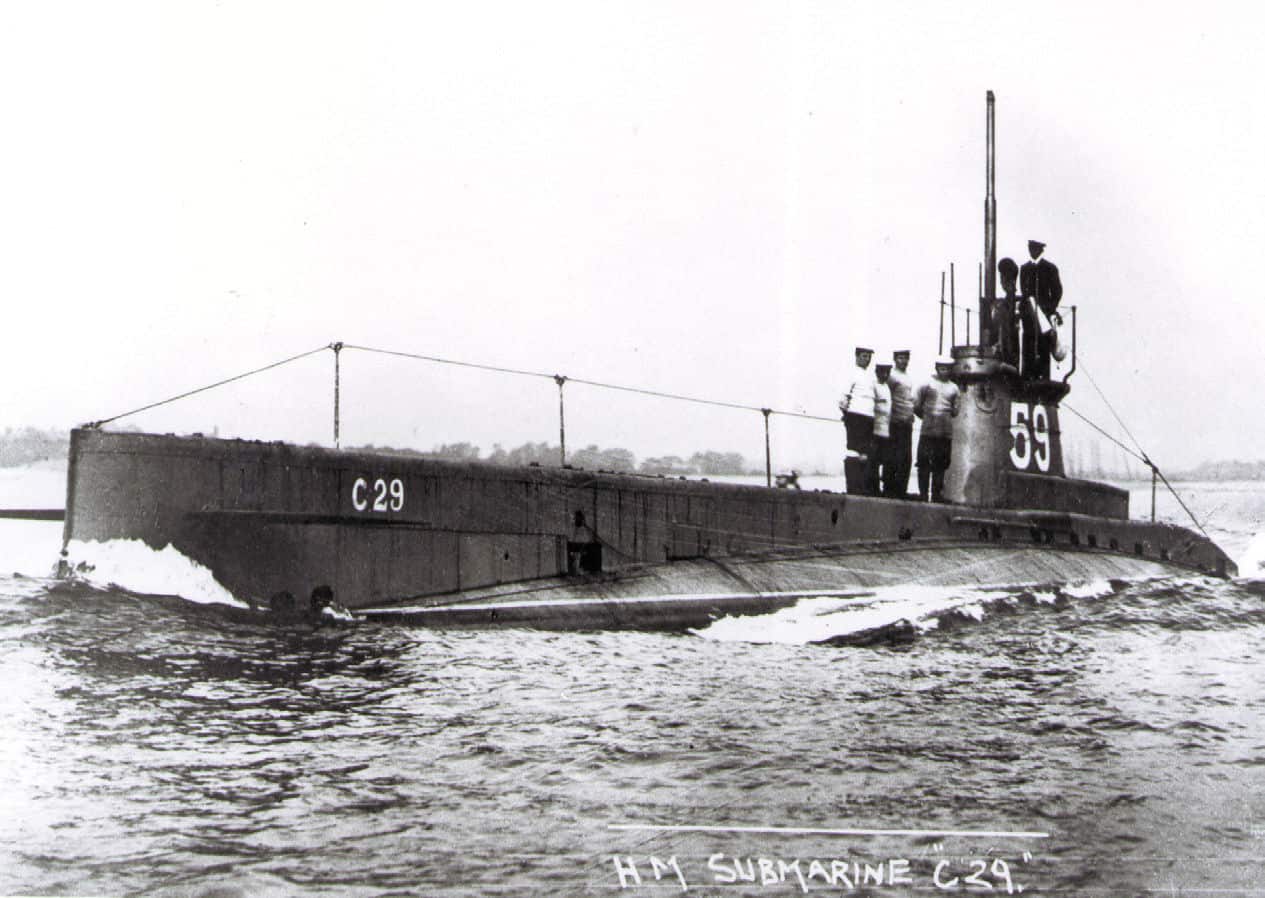
The information in this Memorial Book has been derived by much painstaking research from several sources including official RN records, the Commonwealth War Graves Commission, the National Arboretum Roll of Honour, archive material and AS Evans’ book:
- Beneath the Waves – A History of HM Submarine Losses, A. S. Evans, Published by William Kimber London 1986.
For further reading about British submarine losses, the following books are recommended:
- Few Survived – A History of Submarine Disasters, Edwyn Gray, originally published by Leo Cooper 1986.
The Submarine Family also wishes to acknowledge the research effort by many members of staff of the Royal Navy Submarine Museum and, subsequent to its establishment in 2009, the National Museum of the Royal Navy, as well as the large number of very committed researchers from the Submarine Family itself (particularly from the Submariners Association and from the Friends of the Royal Navy Submarine Museum), some of whom have worked doggedly for the last thirty years to contribute to the accuracy of our data.
For information relating to individual submariners visit: the Commonwealth War Graves website.
Please note that some images are provided under the Open Government Licence v3.0.
The Royal Navy Submarine Museum, now part of the National Museum of the Royal Navy, was originally set up as the Submarine Memorial Complex specifically to commemorate the sacrifice by the men who lost their lives while serving in submarines. The museum features a Garden of Remembrance that contains a wall of names listing all British submariners killed on active service.
It is very much hoped that this Memorial Book represents a closed chapter in the history of the Royal Navy Submarine Service. However, the business that The Trade has engaged in over the life of the Royal Navy Submarine Service has been often dangerous and deadly.
Guide To The Book
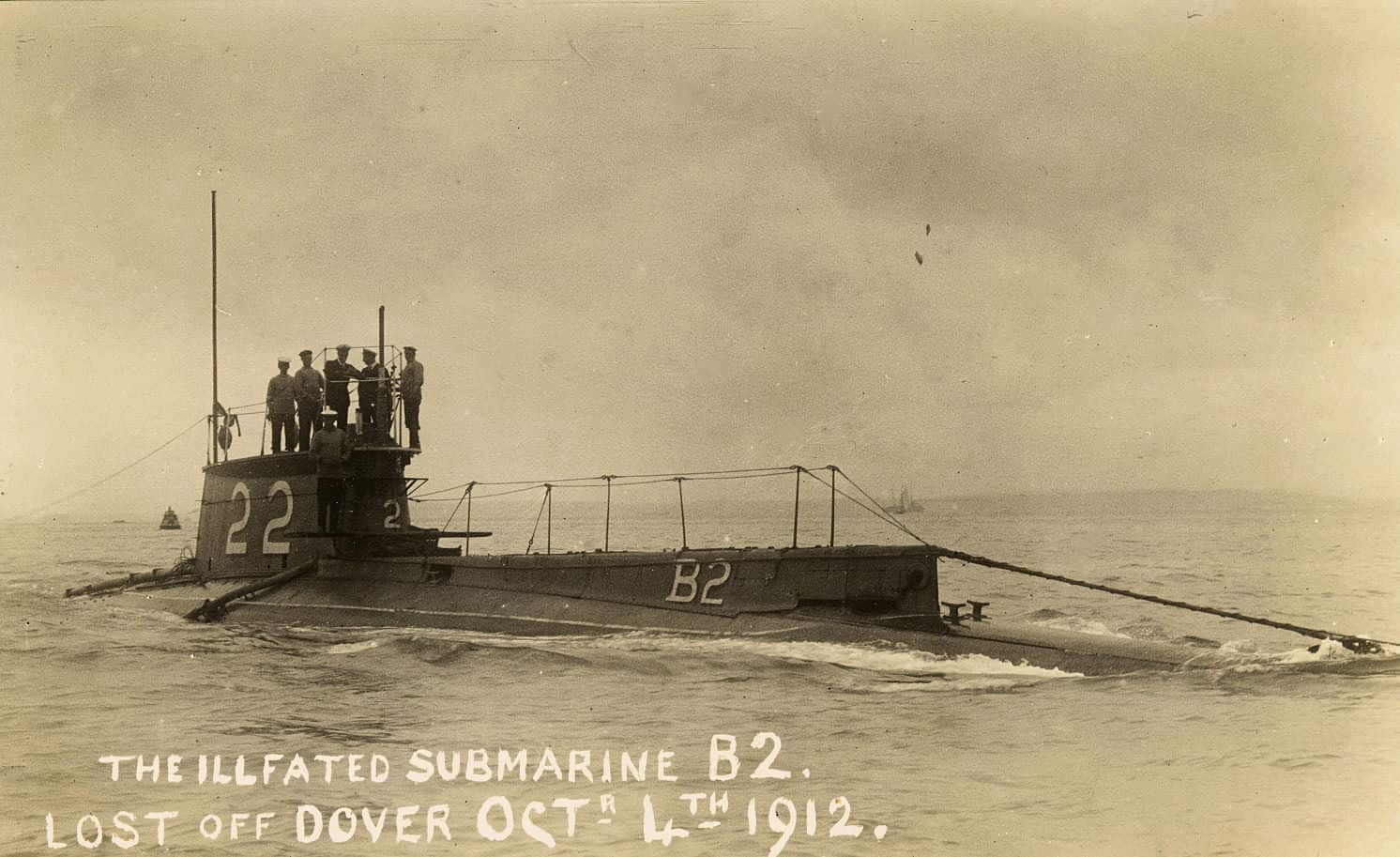
The book is easy to use – select Submarines or People as your starting point then browse by section or search. If you know something about an individual or the story behind the loss of a boat then please leave a comment. These will all be moderated and where they enhance an entry they will be added to it.
If you wish you can support The Submarine Family by donating or joining.
